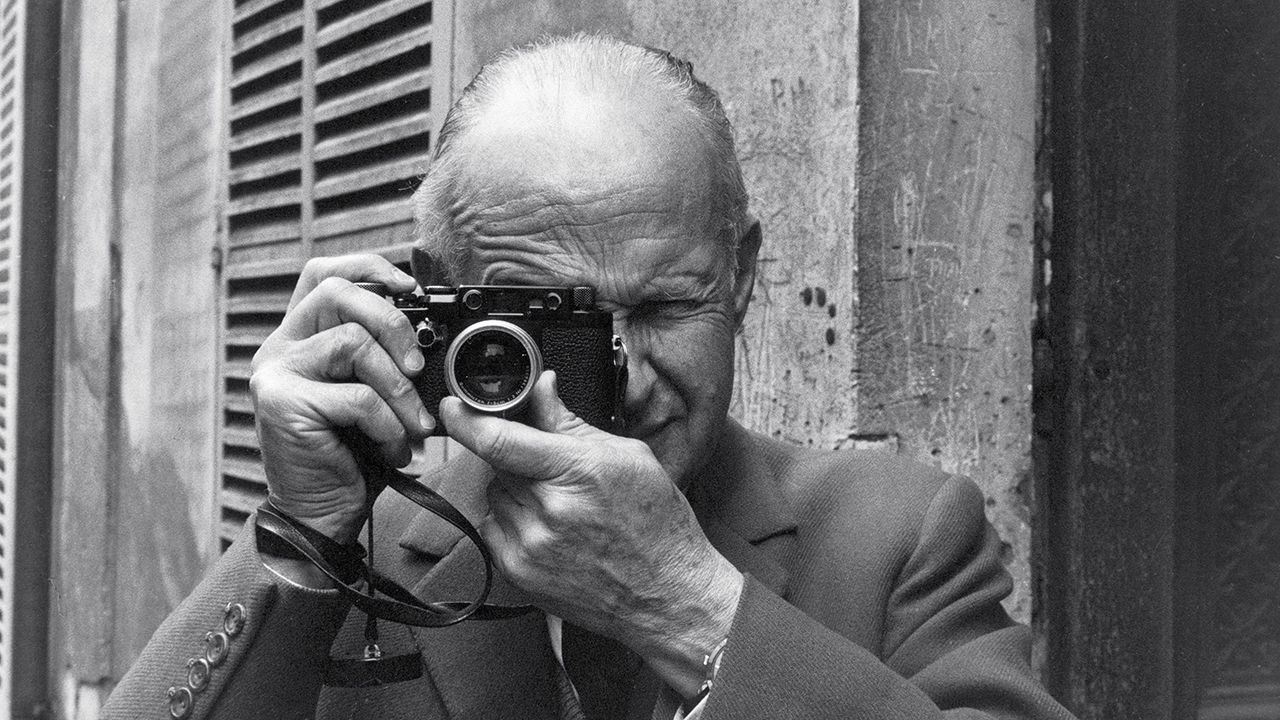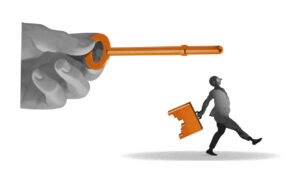
Buying a Leica feels like buying a piece of art. Made in Germany, the cameras are sold in the swankiest neighbourhoods, sometimes in shops which double as galleries. The current models pack the latest imaging technology into sleek all-metal bodies. For decades they have been the chosen cameras of masters of photography such as Henri Cartier-Bresson (pictured) and Annie Leibovitz. Their price is extravagant. Leica’s latest compact model, the Q3, costs around $6,000 (an accompanying thumb rest is available for an extra $245). Opt for a flagship M-series camera with a couple of lenses and the bill can easily run into five figures.
Today few see the need for a dedicated camera. High-quality pictures can be snapped, edited and uploaded onto social media all with your smartphone. When in 2011 an interviewer asked Ms Leibovitz to recommend a camera, she responded by taking out her iPhone 4s, calling it “the snapshot camera of today”. The camera on Apple’s flagship device has improved with each new version, including the one released this week. Since Ms Leibovitz’s remarks, the share of photos taken on smartphones has grown from 25% to over 90%. Digital camera sales, meanwhile, have fallen by 93%. Entry-level models are steadily disappearing from the market.
Premium cameras, however, are bucking the trend. Waiting lists for Leica’s Q3, released in 2023, were initially six-months long. Its success contributed to record sales at the 110-year-old firm last year. The latest version of the premium x100 camera made by Fujifilm has been sold out since its launch in February. The cameras are being flogged online for multiples of their original price of $1,600. Rivals such as Nikon have also begun to prioritise higher-end models. As a result, the average price of a camera has tripled in the past six years, according to the Camera and Imaging Products Association (CIPA), a trade group.
Professional photographers still rely on high-end cameras: few couples would be happy to see their wedding snaps being taken on an iPhone. Entry-level cameras were never a substitute for premium ones, and nor are smartphones.
Instead, smartphones have buoyed demand for high-end cameras, by giving more people a taste for amateur photography. It helps that premium cameras have become a status symbol among the hip. Videos featuring Fujifilm’s x100 have racked up millions of views on TikTok, a trendy short-video app.
Growing interest in these high-end devices helps explain why the overall number of cameras sold this year is on track to increase for the first time since 2017. For the world’s embattled camera-makers, it pays to refocus. ■
To stay on top of the biggest stories in business and technology, sign up to the Bottom Line, our weekly subscriber-only newsletter.


















